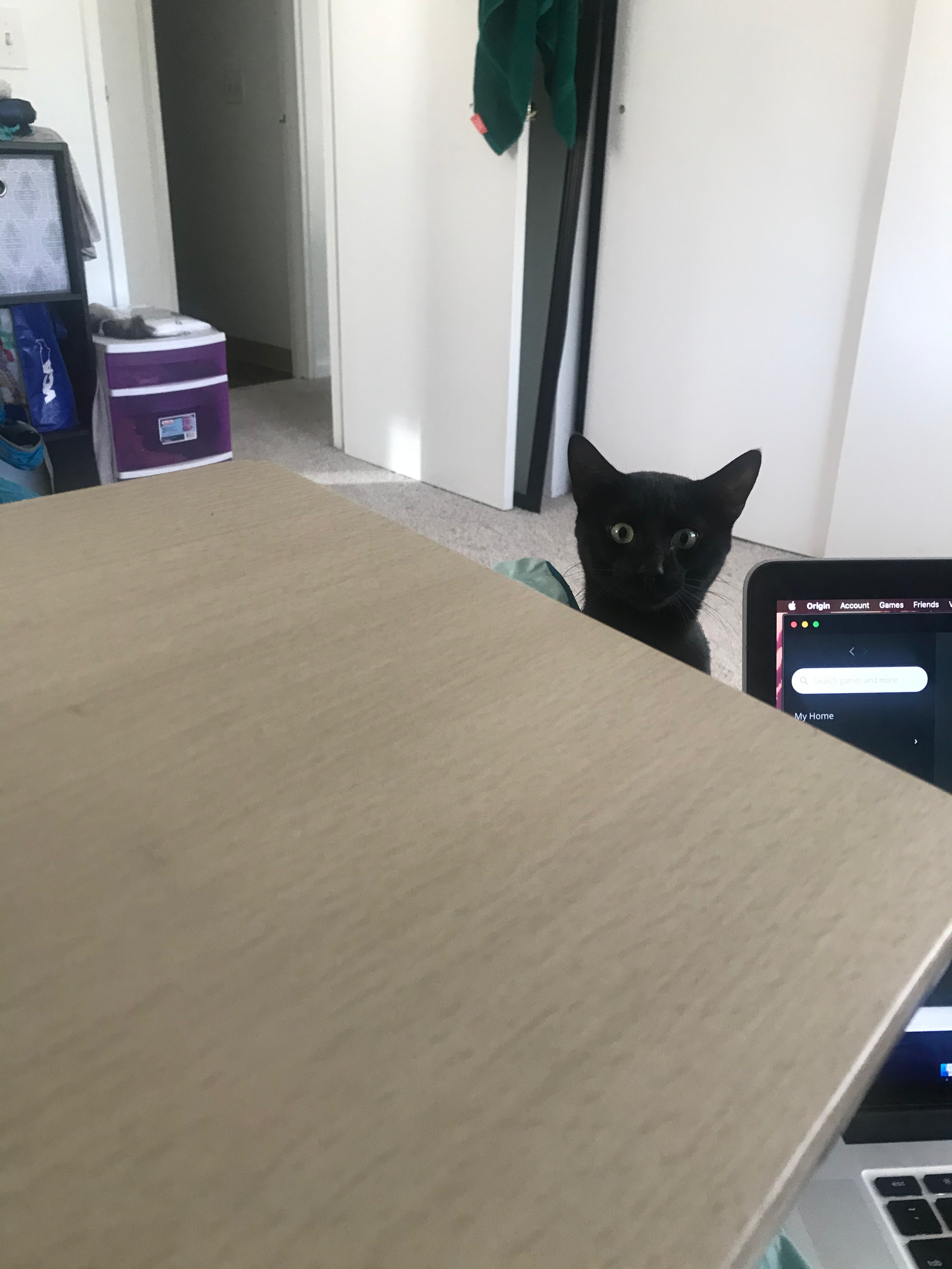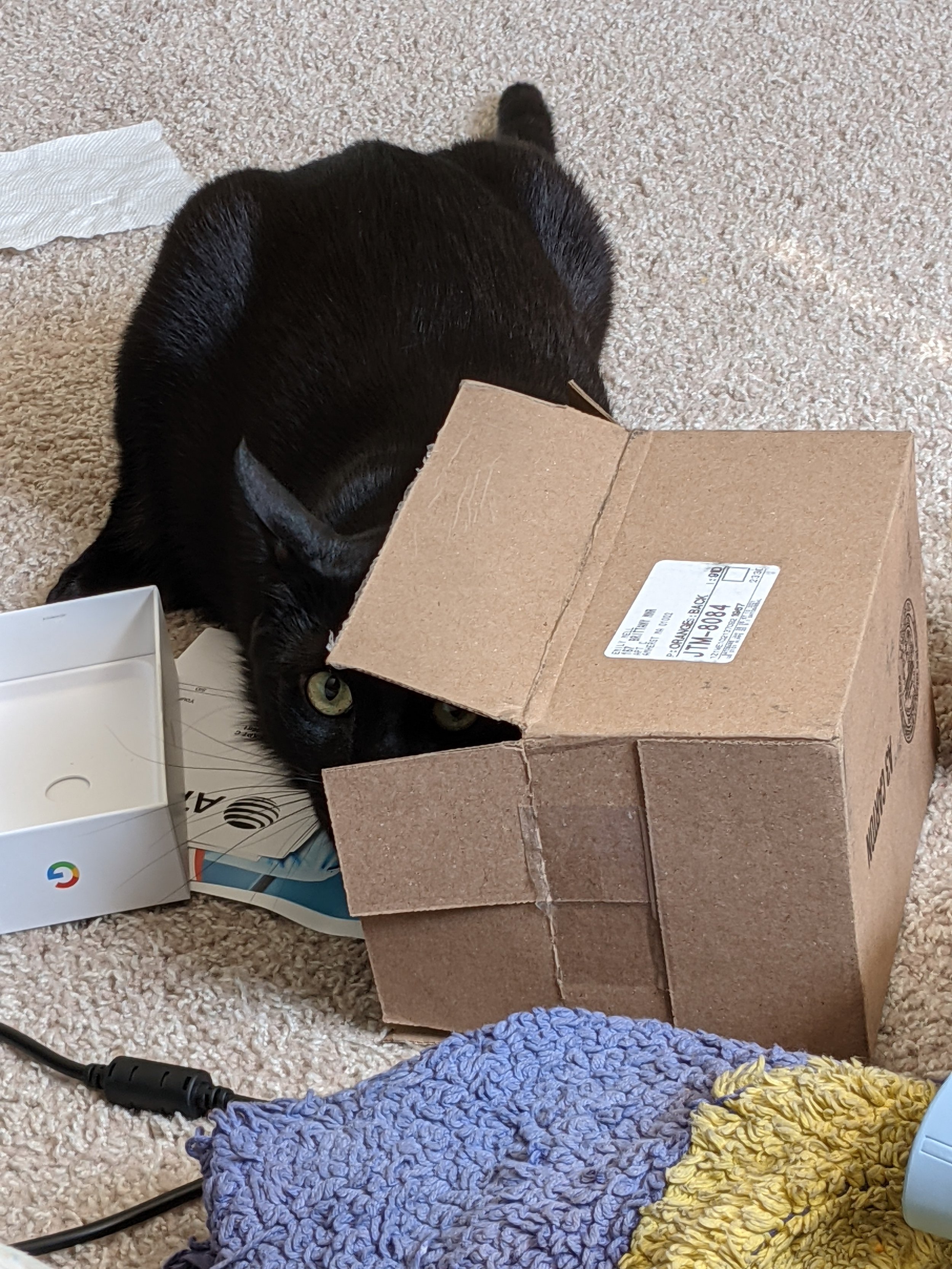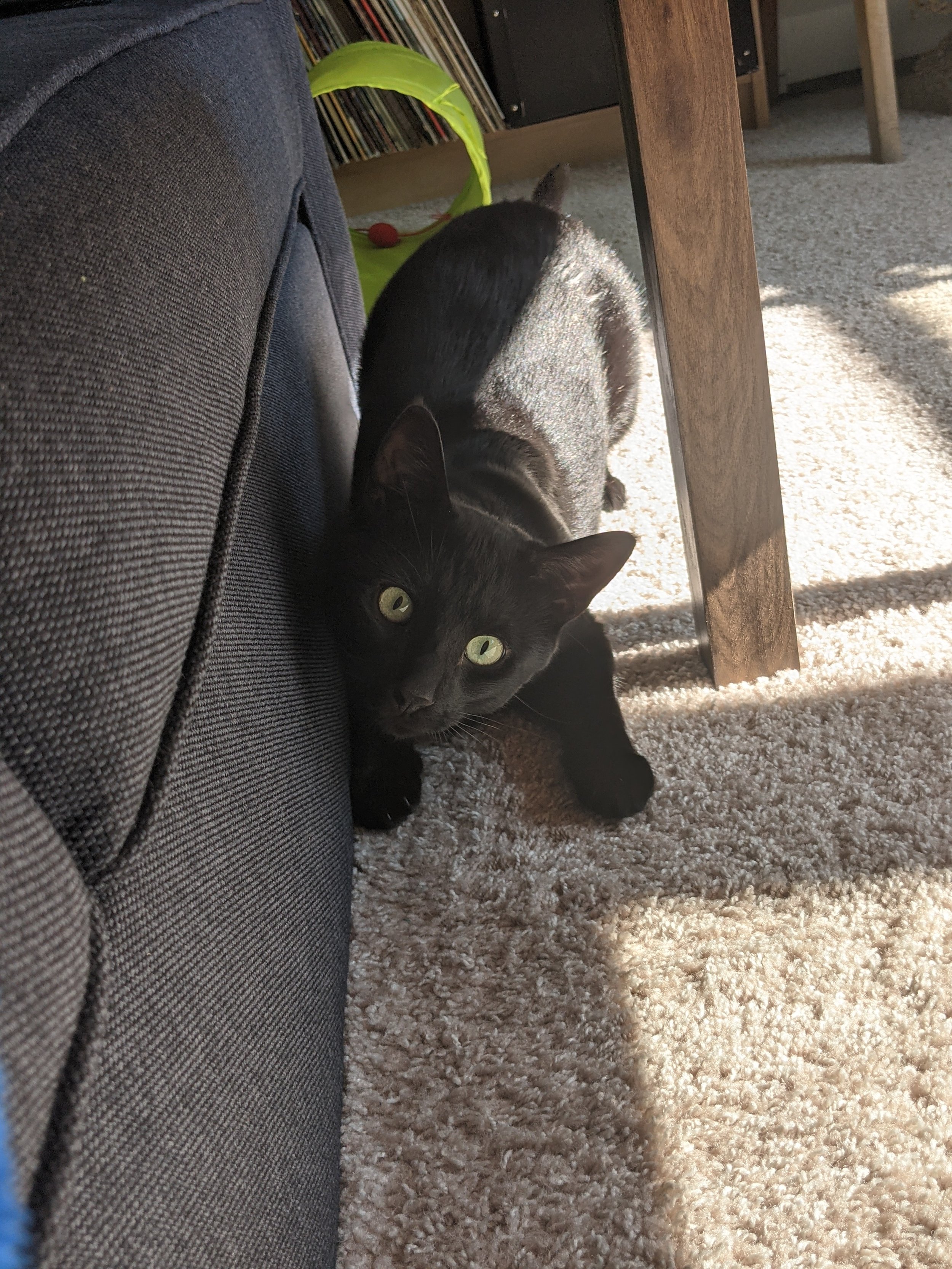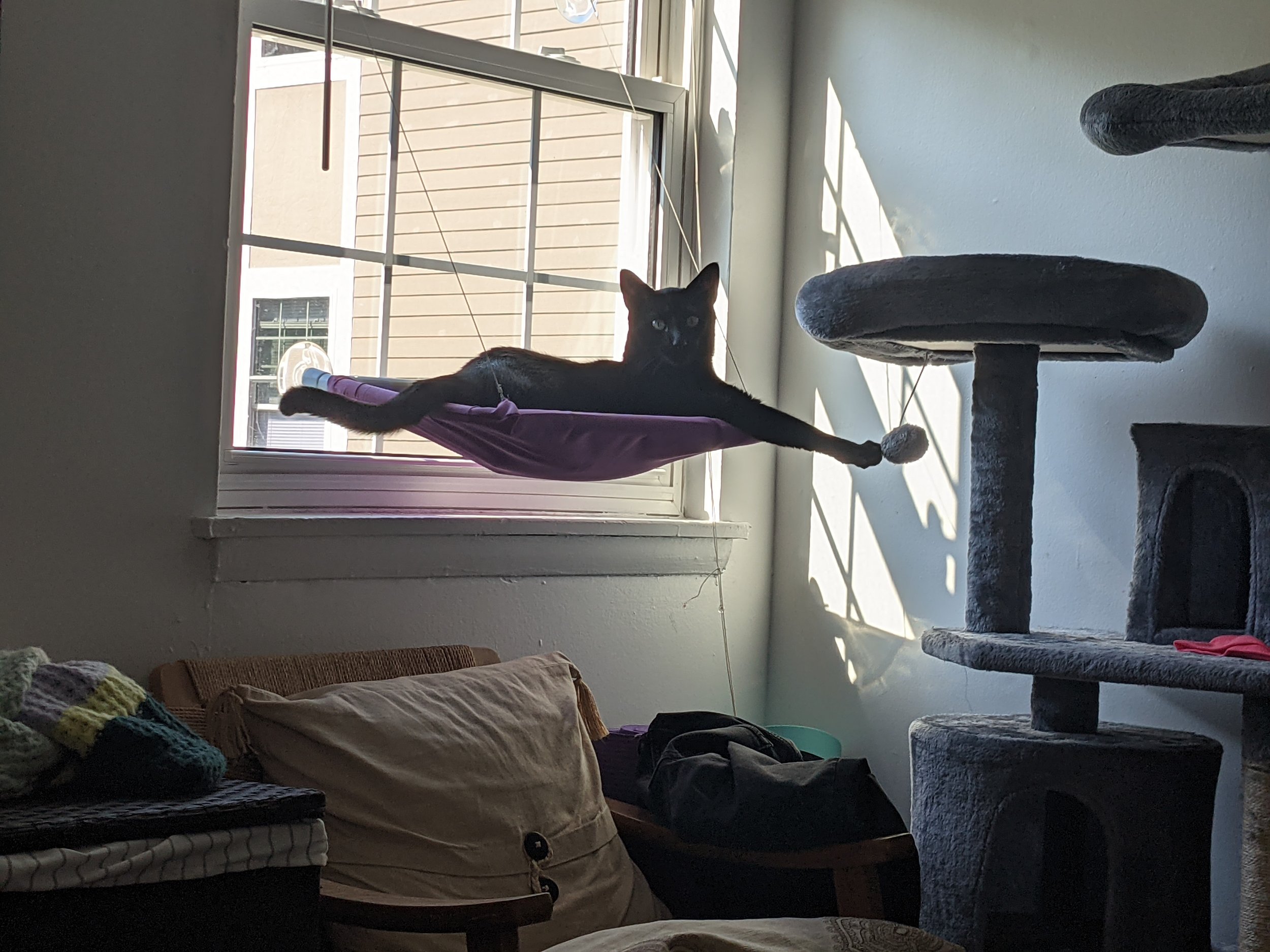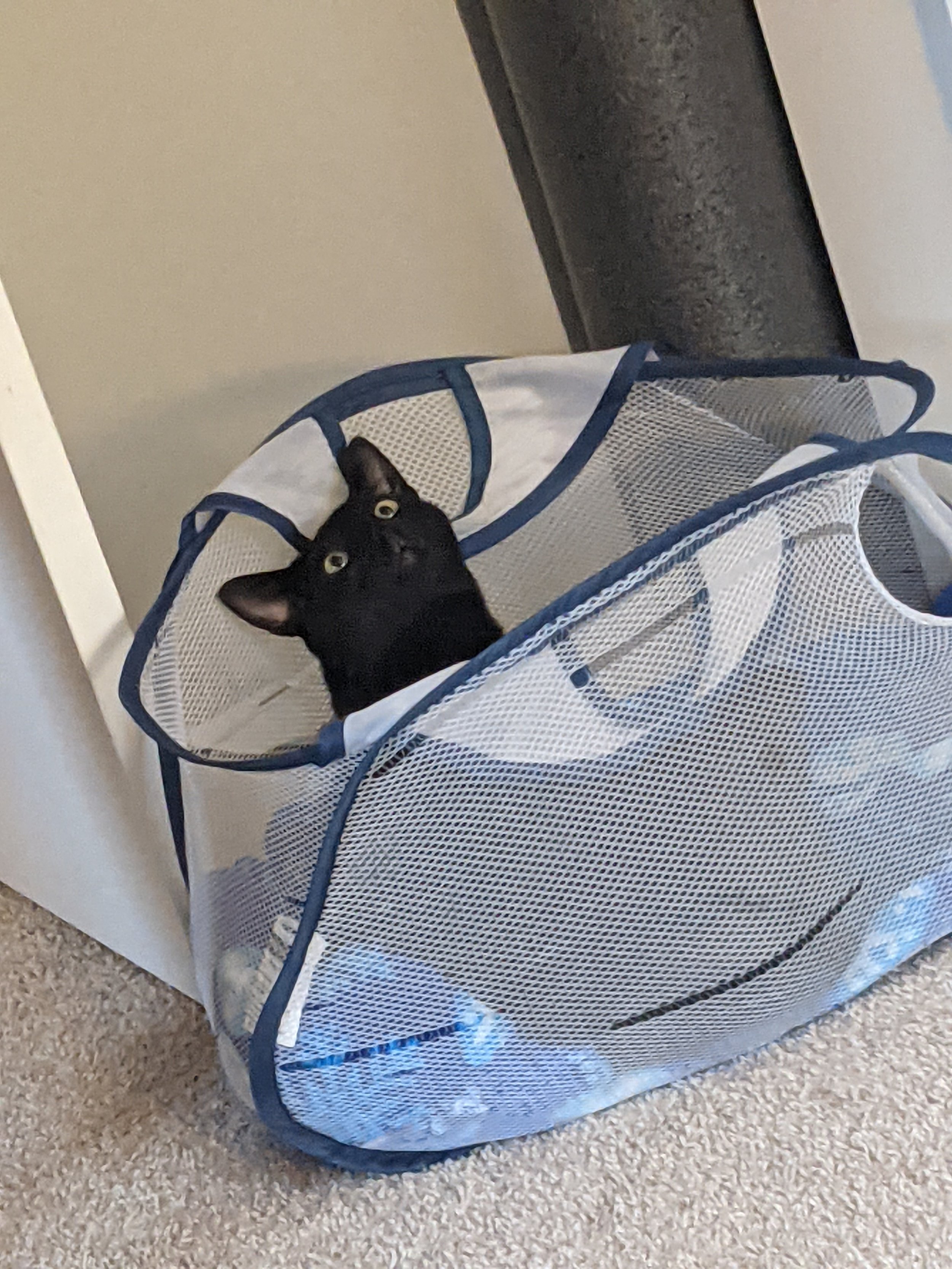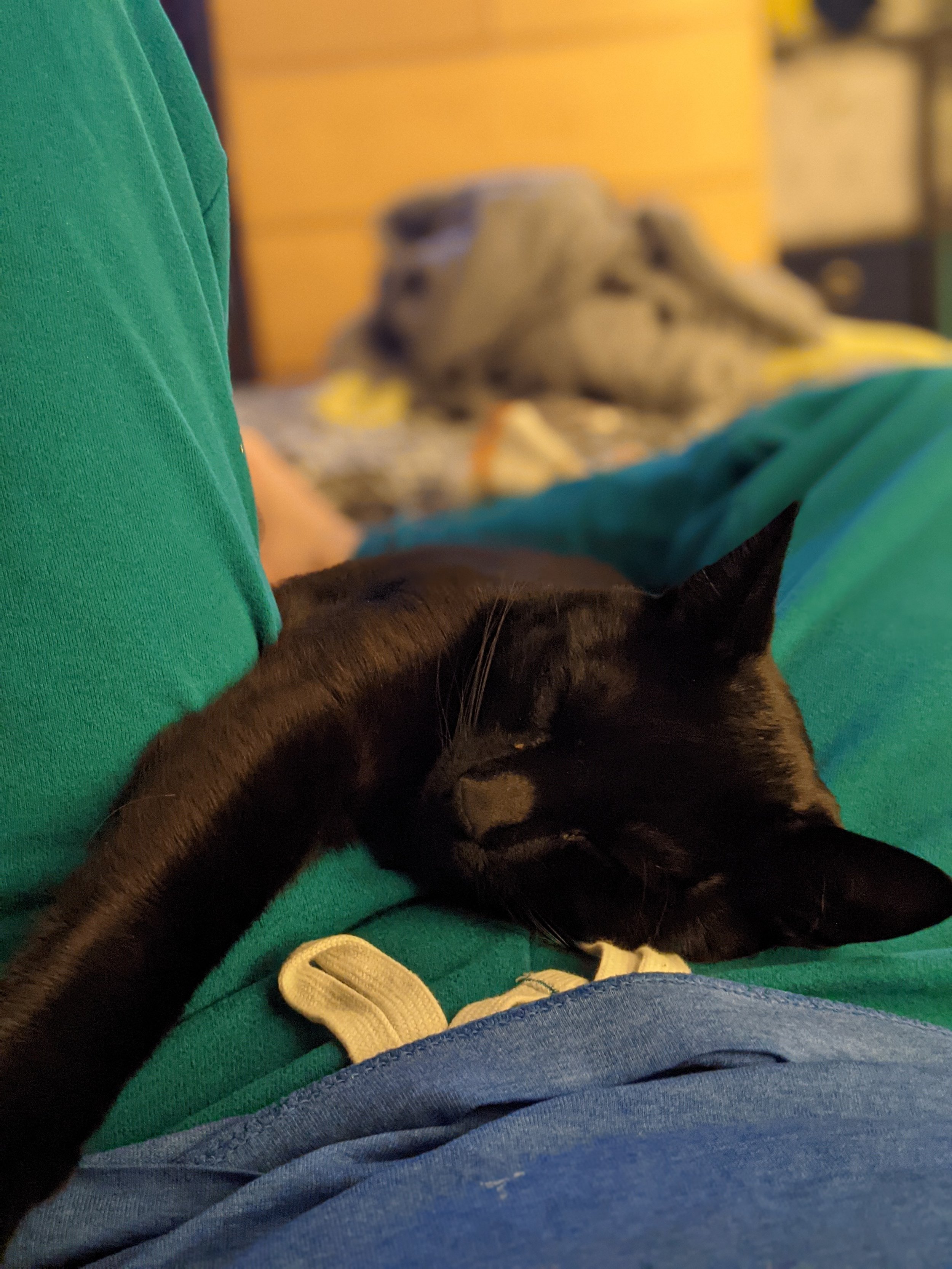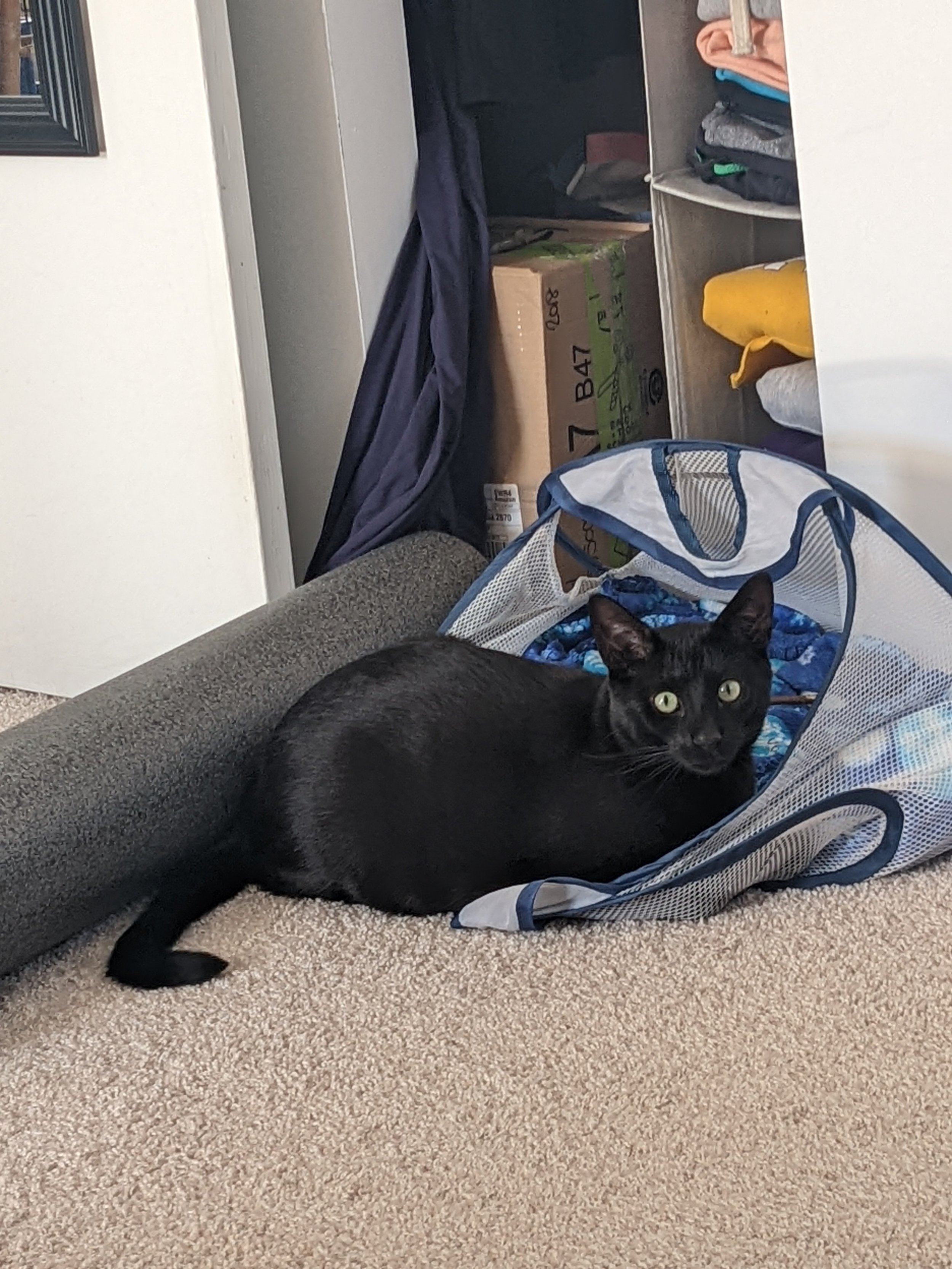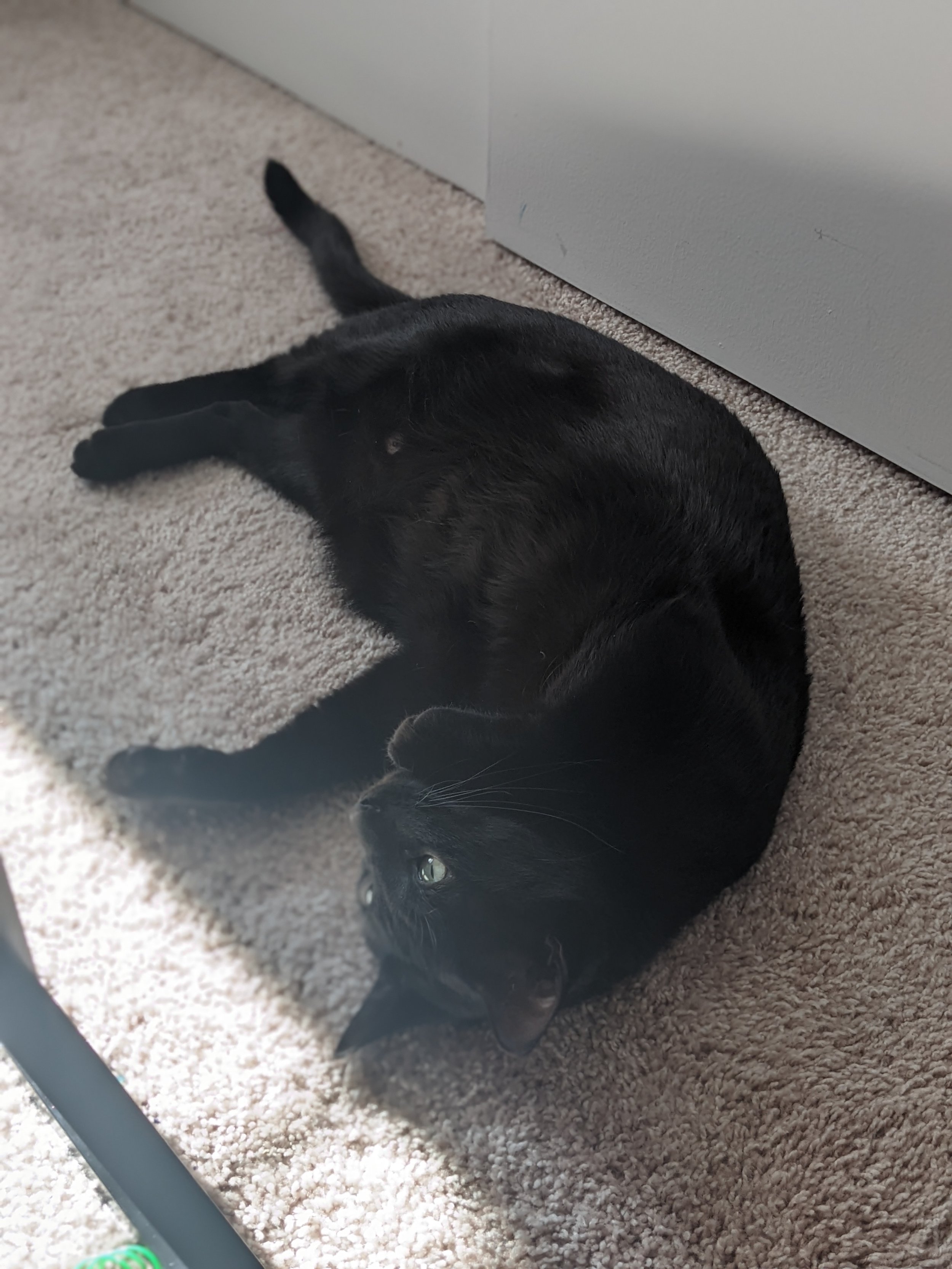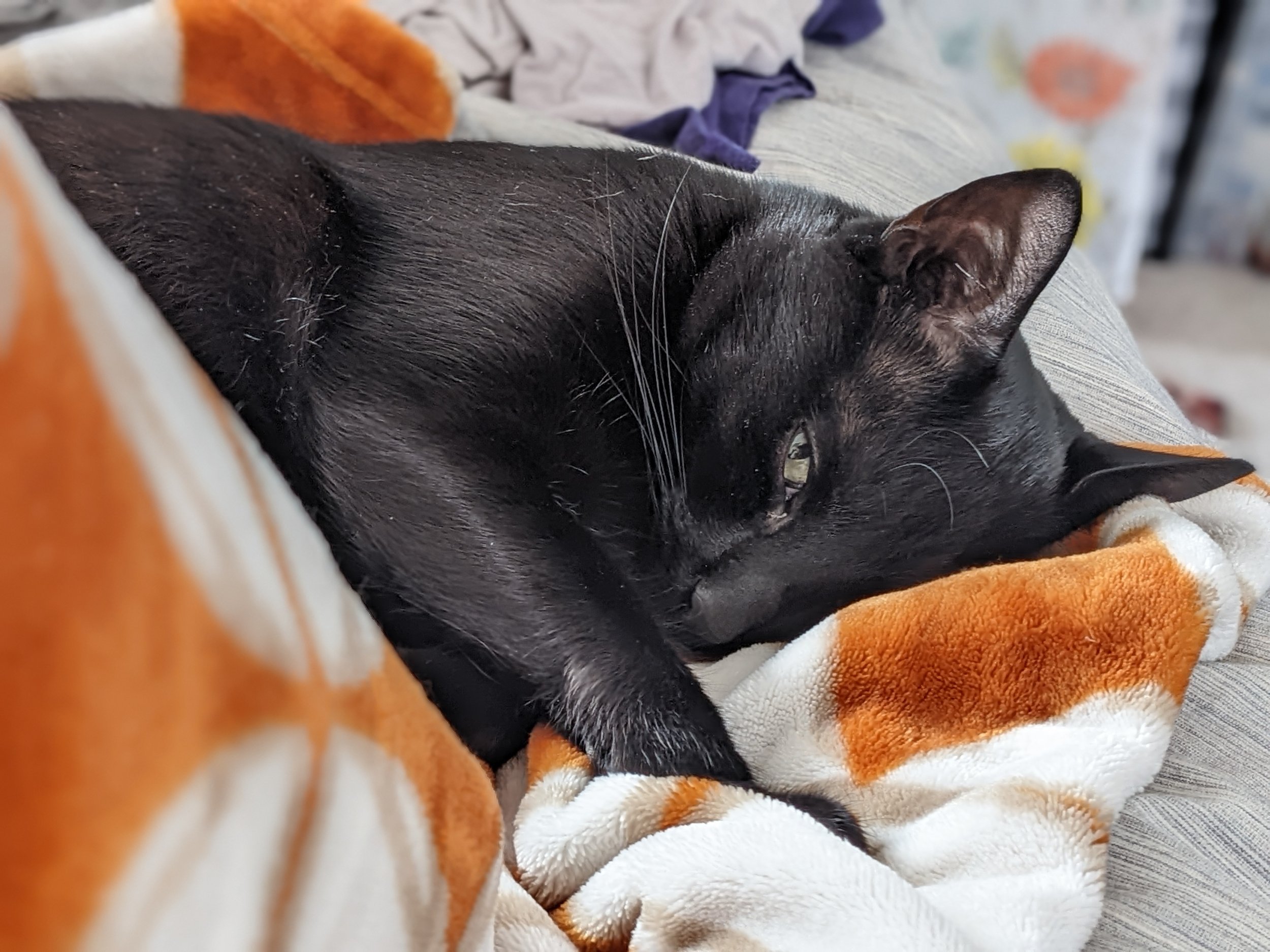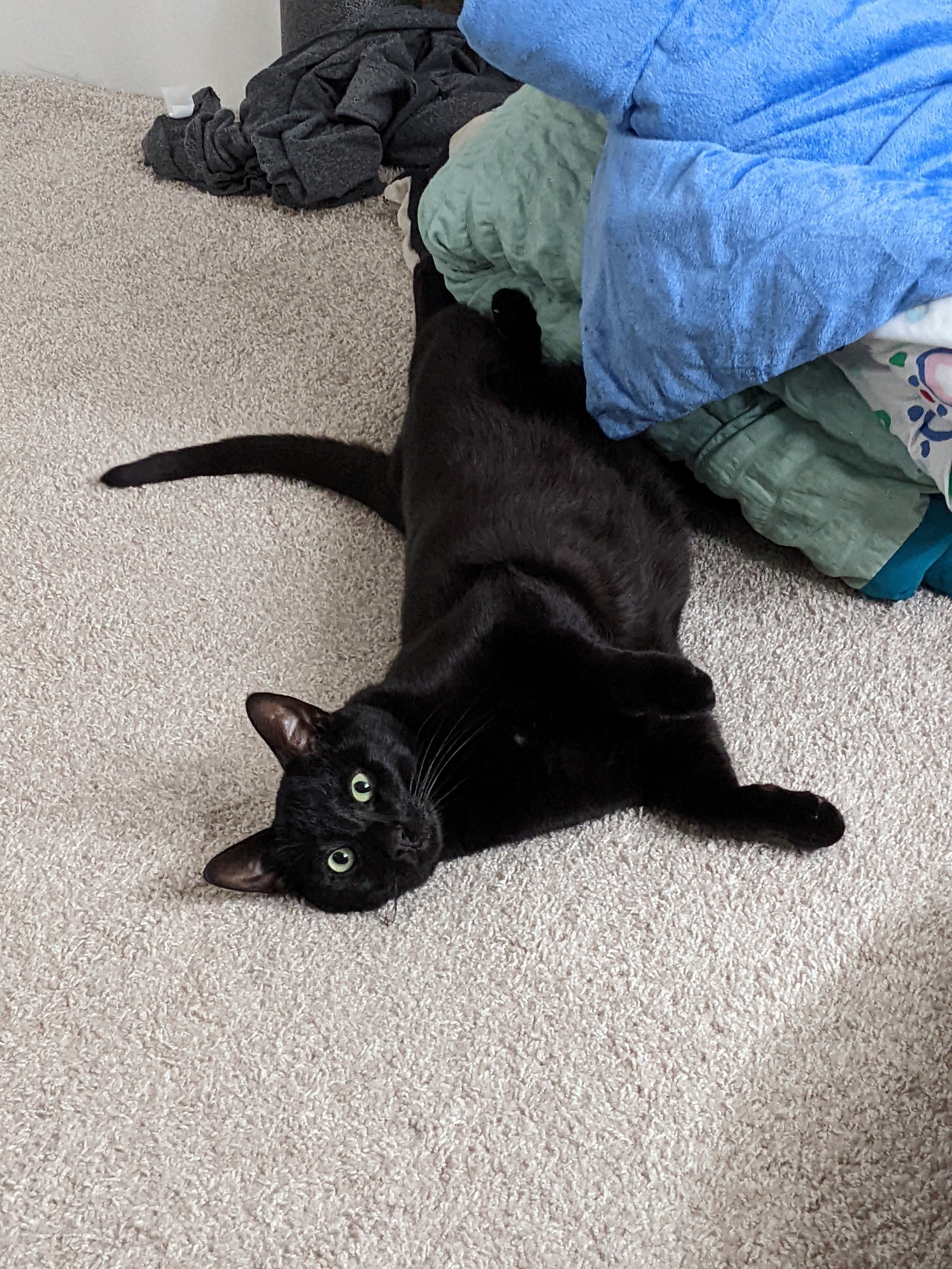Author’s note: Written prior to 2014, this writing style is no longer indicative of my modus operandi, but I stand by the gist of my points herein.
And so it begins.
Matthew Swift is a sorcerer in London, but it is immediately apparent that he is more than that. He has been resurrected after having been dead for approximately two years.
Before the night is out, Matthew is attacked by a "litterbug" (a summoned monster composed of, you guessed it, garbage. Which, for the record, he defeats with a dustbin. Not to ruin it. It's a marvelous scene.
Newly resurrected, Swift's sole missions are to (a) find his murderer and return the favor, and (b) find who resurrected him, find out why, and then, quite likely, kill them as well.
So the novel progresses and you learn more and more peculiar things about this Swift, but things are still left unsaid, left in the dark and unexplained, leaving an air of mystery and suspense until finally the truth is spilled--but not all of it. Only one set of truths. As the book progresses, truths are revealed in clusters until finally the book ends and the final shoe finally drops. The perpetual mystery and vague confusion coupled with the peculiarity of the narrative--due to the intrinsic peculiarity of the narrator--are large parts of what keep the novel moving at the Andantino cum Accelerando (a little faster than "a walking pace" but steadily speeding up) tempo that it does.
The prose is marvelous and intriguing; Griffin doesn't write in chapters. Sections are broken up with white space or " * * * "; larger sections are broken up as "Part One: [Title]", "The First Interlude: [Title]". It's fascinating. And I totally love it. But there's also a number of places where the writing totally breaks into stream of consciousness style, which is also terribly moving in-context. (Also because I know things you don't. hahaha.) It can catch you off-guard if you allow it to, but if you just get lost in the text as you're reading, it just works right into the story. Some of the paragraphs are these great, barely-connected run-on sentences (one or two sentences total in the paragraph) and it's magnetic. It really keeps you moving through the material because it's different in that it's a frequent change in prose style, which catches your attention even when you aren't conscious of it.
Happy reading!












